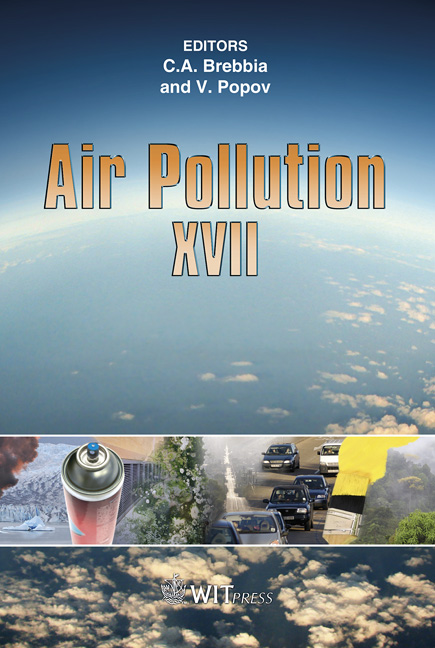Impact Of Road Traffic On Air Quality At Two Locations In Kuwait
Price
Free (open access)
Transaction
Volume
123
Pages
9
Page Range
183 - 191
Published
2009
Size
663 kb
Paper DOI
10.2495/AIR090171
Copyright
WIT Press
Author(s)
E. Al-Bassam, V. Popov & A. Khan
Abstract
Kuwait having one of the highest GDP and the least fuel price provides ideal opportunity for ownership of motorized vehicles. Weather has also a major role in this issue where in long summer (lasting about nine months), temperature sores to nearly 50 ºC very often and in short winter it drops to single digit value in early mornings and nights. The road transport is vital for the local inhabitants as the sole means of transport (commuting and transporting goods). In the last decade, motorized road vehicle fleet has grown significantly bringing unprecedented mobility to the burgeoning population. With the growth of vehicles, the fuel consumption has also increased. Motor vehicles are a critical source of urban air pollution (PM10, CO, CO2, NOx, O3, SO2 and VOCs). Air pollution is a serious health problem and accounts for hundred of millions of dollars for health care and welfare cost. This paper focuses on environmental impact of road transport on the air quality around two selected schools for a period of two weeks each using an air pollution monitoring station which continuously recorded various pollutants’ concentrations and meteorological variables in five minute intervals. The results show that for both sites during the weekdays, the measured pollutants emitted from the road traffic next to the selected schools, such as carbon monoxide (CO) and nitrogen dioxide (NO2), were always under the allowable limits for Kuwaiti air quality standards, except for a single occurrence for NO2 concentration at morning hours for the governmental school. On the other hand, the values of non-methane hydrocarbon pollutants were found to be several times above the Kuwaiti air quality standards throughout the investigated period. The suspended particulates (PM10) concentrations have twice exceeded the limits of Kuwaiti air quality standards. Keywords: congestion, pollutants, air quality standards, schools.
Keywords
congestion, pollutants, air quality standards, schools





